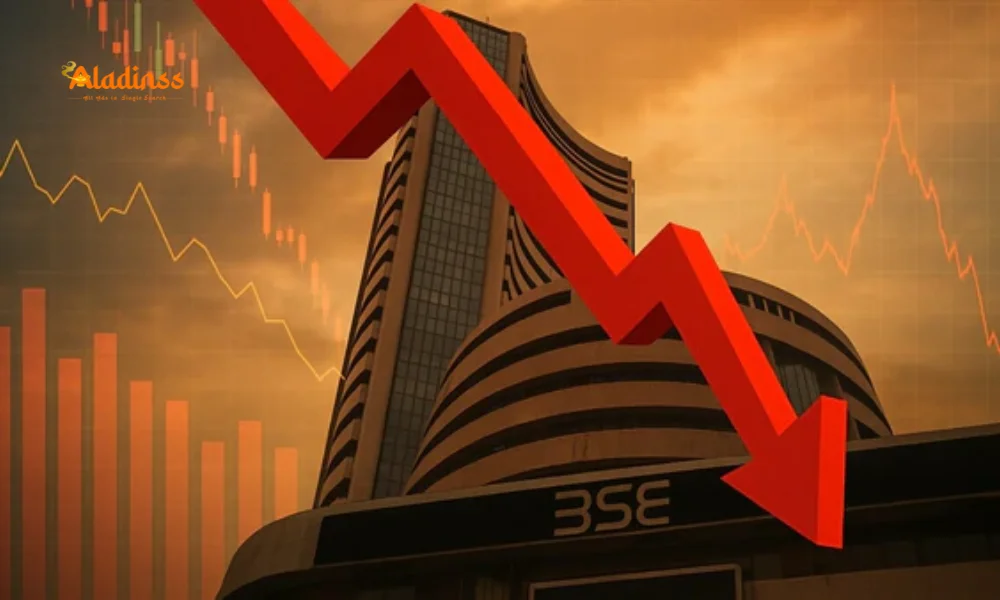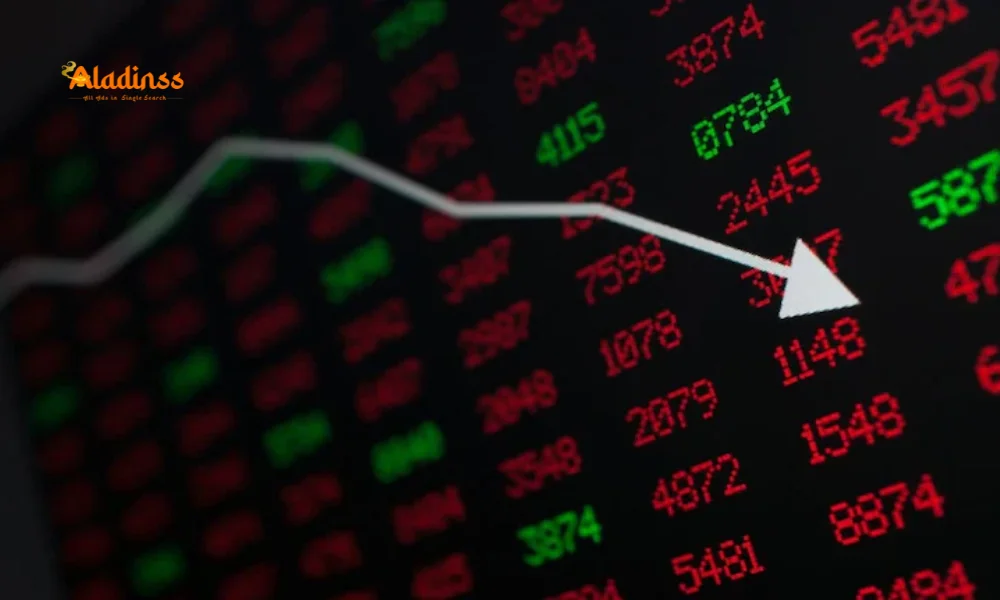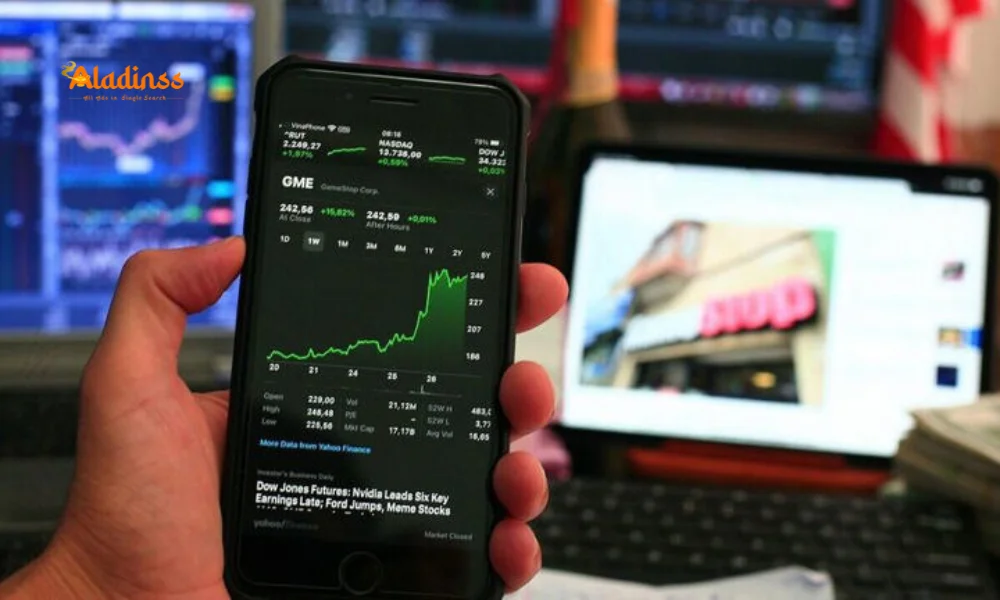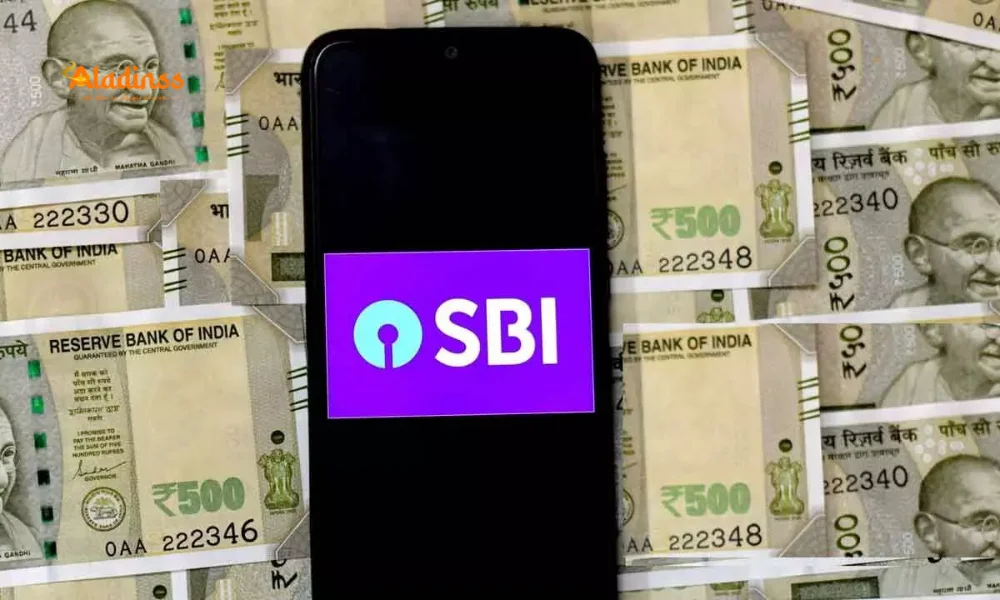Nifty Below 25,000: Investors Lose ₹3 Lakh Crore in a Day

Nifty Plummets Below 25,000, Investors Lose ₹3 Lakh Crore in a Day - 10 Key Takeaways from Indian Stock Market Today
On September 25, 2025, the Indian stock market today witnessed a sharp decline, marking its fifth consecutive session of losses driven by weak global cues. The Sensex closed at 81,159.68, down 555.95 points or 0.68 percent, while the Nifty 50 ended at 24,890.85, shedding 166.05 points or 0.66 percent. This downturn led to a staggering loss of nearly ₹3 lakh crore for investors, with the market capitalization of BSE-listed firms dropping to ₹457.4 lakh crore from ₹460.5 lakh crore. Broader indices also faced pressure, with the Nifty MidCap 100 falling 0.64 percent and the Nifty SmallCap 100 declining 0.57 percent. Factors such as global market weakness, a rising dollar, valuation concerns, FII outflows, and uncertainties around U.S.-India trade talks contributed to the Nifty below 25000 scenario.

Why Did the Indian Stock Market Decline Today?
The Indian stock market today continued its downward trajectory due to a combination of global and domestic pressures. Weak international markets, a strengthening U.S. dollar, and persistent worries about high valuations played significant roles. Additionally, continuous selling by foreign institutional investors (FIIs) and uncertainties surrounding U.S.-India trade negotiations, potentially impacting Q2 GDP growth, weighed heavily on investor sentiment. Vinod Nair, Head of Research at Geojit Investments Limited, noted, "Profit booking intensified amid FII outflows and trade talk uncertainties, leading to a fifth straight session of losses. Heavy selling was observed in auto, IT, pharma, and healthcare, while metals gained due to China’s liquidity support and copper supply concerns." The cautious mood is likely to persist as investors await India’s H2FY26 borrowing details and U.S. macroeconomic data.
This decline underscores the vulnerability of the Indian stock market today to external factors. The Nifty ends below 25000, signaling a bearish phase that investors must navigate carefully. For those tracking stock market crash risks, this session highlights the impact of global economic dynamics and policy uncertainties on domestic indices like Sensex and Nifty.
Top Losers in the Nifty 50 Index
The Nifty 50 saw 43 of its 50 stocks close in the red. Leading the declines were Trent, down 3.61 percent, PowerGrid, falling 3.10 percent, and Tata Motors, dropping 2.64 percent. These top losers reflect sectoral challenges within the Indian stock market today, amplifying the bearish sentiment as the Nifty falls below 25000. Trent’s decline may stem from retail sector pressures, while PowerGrid faces energy sector headwinds. Tata Motors, a key auto player, is impacted by global supply chain disruptions and demand uncertainties, contributing to the broader stock market crash narrative.
Investors monitoring these stocks should note that sector-specific issues, combined with global economic concerns, are driving these losses. Understanding these dynamics is crucial for navigating the current volatility in the Indian stock market today and anticipating further declines.
Top Gainers Defying the Market Downturn
Despite the overall market slump, a few stocks shone. BEL gained 2.07 percent, Hero MotoCorp rose 1.51 percent, and Hindalco climbed 0.80 percent, emerging as the top performers in the Nifty 50. These gains highlight resilience in specific sectors within the Indian stock market today, even as the Nifty ends below 25000. BEL’s rise may be tied to increased defense spending, Hero MotoCorp benefits from rural demand recovery, and Hindalco capitalizes on global metal price trends supported by China’s policies.
For investors, these top gainers offer potential opportunities amid the stock market crash concerns. Identifying such performers can aid in strategic portfolio adjustments during turbulent times.
Sectoral Indices Performance Overview
Most sectoral indices ended lower, with Nifty Metal being the sole gainer, up 0.22 percent. Nifty Realty was the hardest hit, declining 1.65 percent, followed by Nifty IT (down 1.27 percent), Auto (down 0.92 percent), Pharma (down 0.92 percent), and FMCG (down 0.50 percent). Nifty Bank fell 0.26 percent, and Financial Services dropped 0.53 percent. This performance reflects the broad-based selling pressure in the Indian stock market today, with metals providing a rare positive note amid the Nifty below 25000 close.
- Nifty Metal: Up 0.22% - Supported by global commodity trends.
- Nifty Realty: Down 1.65% - Pressured by interest rate fears.
- Nifty IT: Down 1.27% - Impacted by U.S. economic data anticipation.
- Nifty Auto: Down 0.92% - Affected by demand slowdown concerns.
- Nifty Pharma: Down 0.92% - Facing regulatory and export challenges.
- Nifty FMCG: Down 0.50% - Hit by consumer spending worries.
- Nifty Bank: Down 0.26% - Reflecting banking sector caution.
- Nifty Financial Services: Down 0.53% - Broader financial sector pressures.
This sectoral breakdown is vital for understanding market dynamics during a potential stock market crash, helping investors identify areas of strength and weakness.
Most Active Stocks by Trading Volume
High trading volumes were recorded for Adani Power (15.77 crore shares), Hind Copper (6.16 crore shares), and Finotex Chemicals (3.66 crore shares) on the NSE. These stocks reflect significant investor activity in the Indian stock market today, despite the bearish mood as Nifty ends below 25000. High volumes often indicate speculative trading or sector-specific developments, with Adani Power driven by energy sector interest, Hind Copper by metal price trends, and Finotex Chemicals by chemical industry dynamics.
Tracking volume is essential during volatile periods, as it can signal potential price movements or liquidity shifts, particularly in a stock market crash scenario.
Stocks Surging Over 10% on NSE
Despite the market downturn, six NSE stocks soared over 10 percent: TVS Electronics, Natural Capsules, Madhav Copper, Chemcon Speciality Chemicals, Max India, and Akme Fintrade India. In contrast, Prudential Sugar Corp and Emkay Global Financial Services crashed over 10 percent on the BSE. These movements highlight individual stock resilience and vulnerabilities within the Indian stock market today, even as the Nifty falls below 25000.
- TVS Electronics: Driven by electronics demand.
- Natural Capsules: Boosted by pharma developments.
- Madhav Copper: Supported by metal price surges.
- Chemcon Speciality Chemicals: Positive chemical sector trends.
- Max India: Resilience in diversified businesses.
- Akme Fintrade India: Finance sector-specific gains.
These outliers provide valuable insights for investors seeking opportunities amid stock market crash concerns.
Advance-Decline Ratio Insights
Of the 3,135 stocks traded on the NSE, 912 advanced, 2,124 declined, and 89 remained unchanged. This advance-decline ratio underscores the widespread selling pressure in the Indian stock market today, reinforcing the bearish sentiment as Nifty ends below 25000 and investors face significant losses.
A skewed ratio like this indicates broad market weakness, a key metric for assessing the depth of a potential stock market crash. Investors use this data to gauge market breadth and anticipate further movements.
Stocks Hitting 52-Week Highs
Despite the market’s gloom, 53 stocks, including Chemcon Speciality Chemicals, CreditAccess Grameen, Netweb Technologies, and Lumax Industries, reached their 52-week highs on the NSE during intraday trading. These achievements highlight pockets of strength in the Indian stock market today, contrasting with the Nifty below 25000 narrative and offering potential investment opportunities.
Highs in these stocks suggest company-specific positives, such as strong earnings or sector tailwinds, which can be critical for investors during volatile periods resembling a stock market crash.
Stocks at 52-Week Lows
On the flip side, 77 stocks, including Vedant Fashions, TCS, Route Mobile, Praj Industries, and United Breweries, hit their 52-week lows on the BSE. These declines reflect the intense pressure on certain segments of the Indian stock market today, aligning with the broader Nifty ends below 25000 trend and stock market crash concerns.
Stocks hitting yearly lows signal potential undervaluation but also highlight risks in specific sectors, urging investors to proceed with caution.
Technical Outlook for Nifty 50
Rupak De, Senior Technical Analyst at LKP Securities, provided a technical perspective: "The Nifty has breached the critical support of 25,050, aligning with the 38.20% Fibonacci retracement from 24,400 to 25,450. It has also fallen below the 21 EMA on the daily chart, confirming a bearish trend. Bulls seem to be retreating, allowing bears to dominate. Immediate support lies at 24,800; a break below could trigger a deeper correction. Resistance is at 25,000." This analysis is crucial for traders navigating the Indian stock market today, especially with the Nifty below 25000.
This technical insight suggests that the Indian stock market today is at a pivotal juncture, with potential for further declines if support levels are breached. Investors should monitor these levels closely to manage risks associated with a stock market crash scenario.
Comment / Reply From
No comments yet. Be the first to comment!







